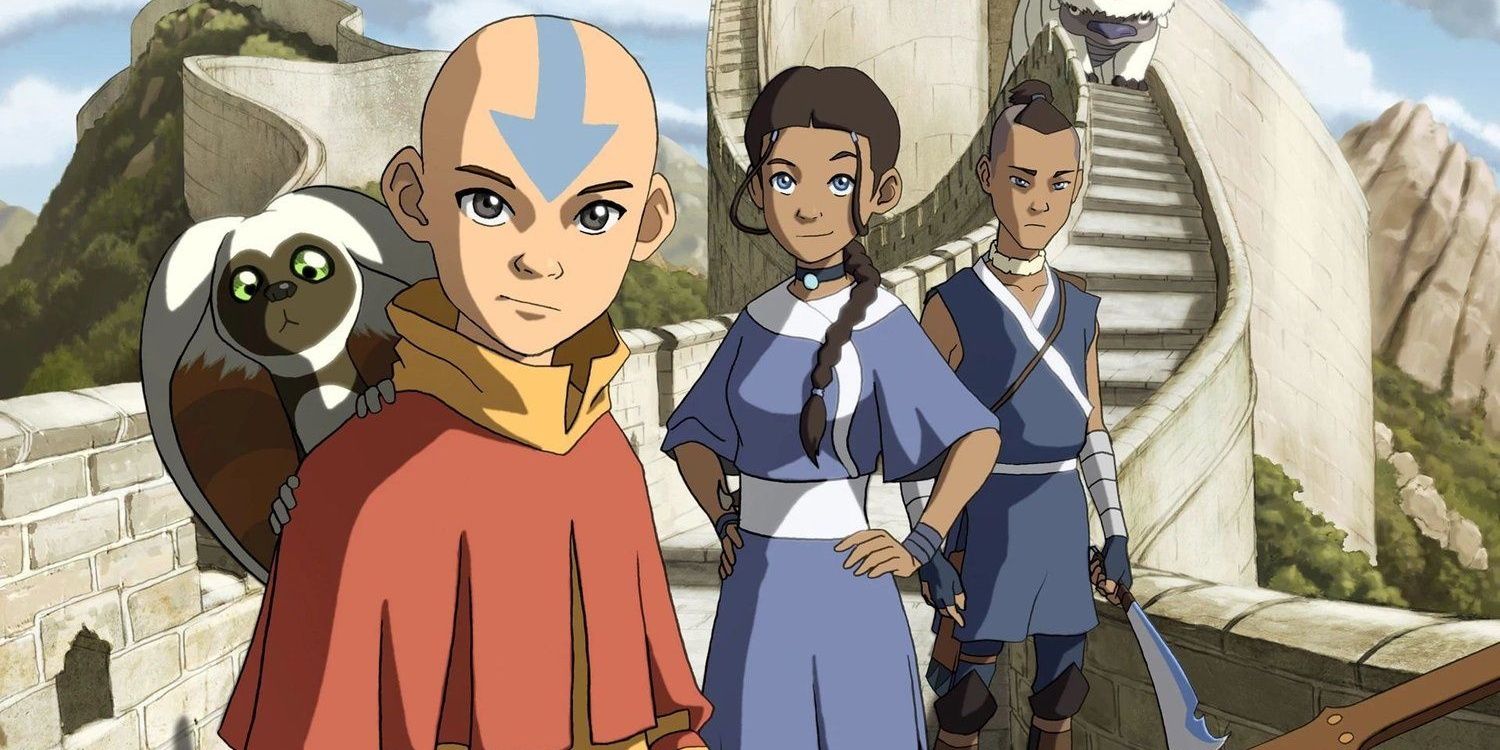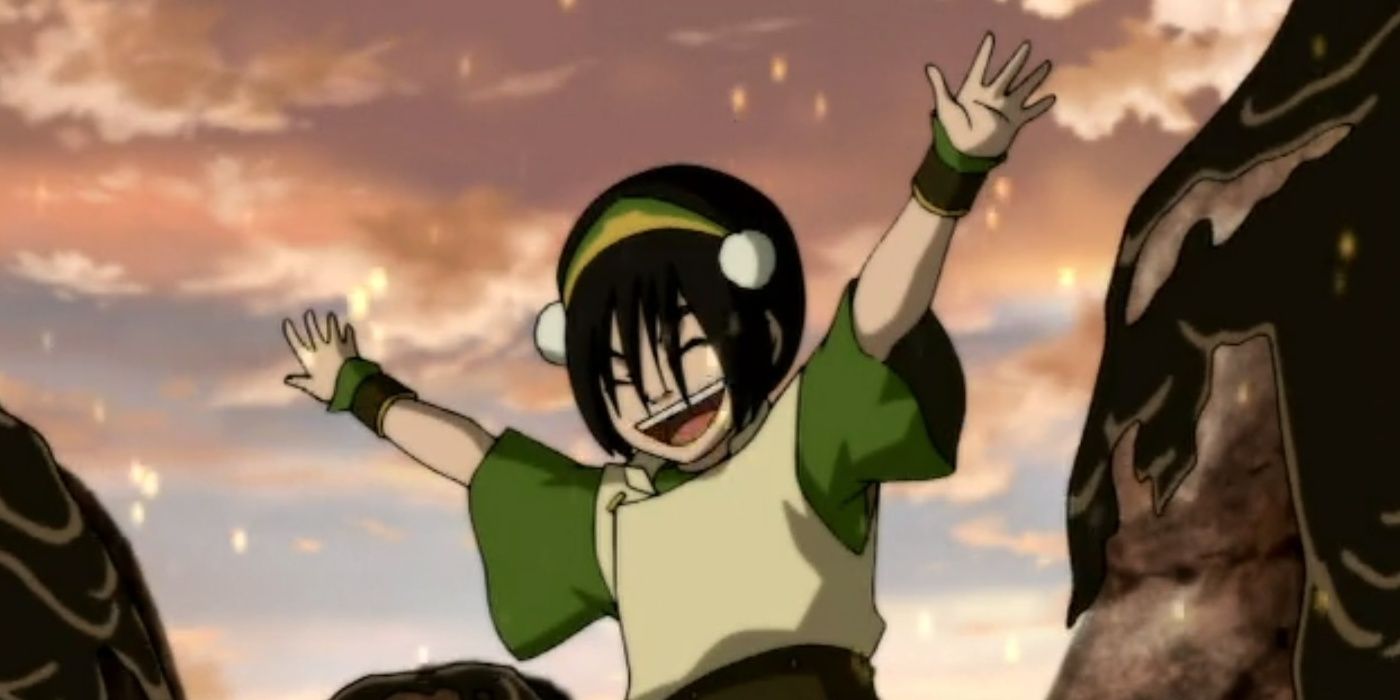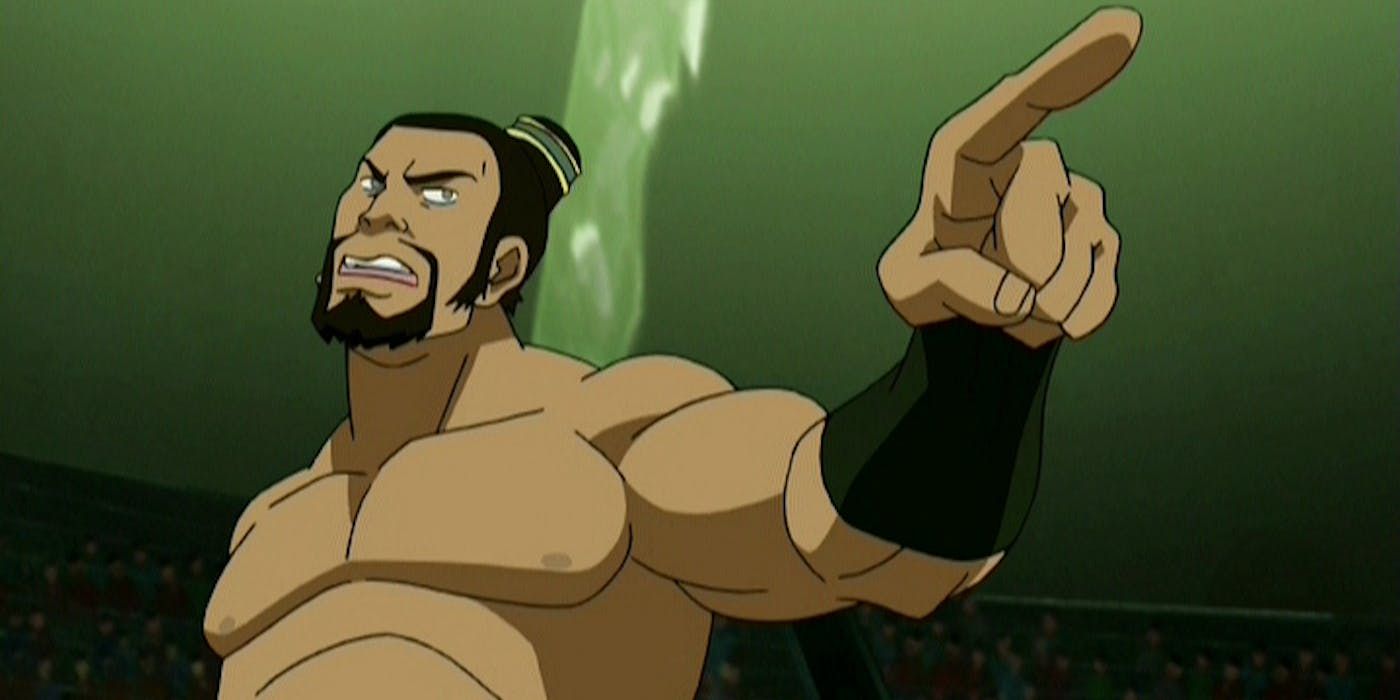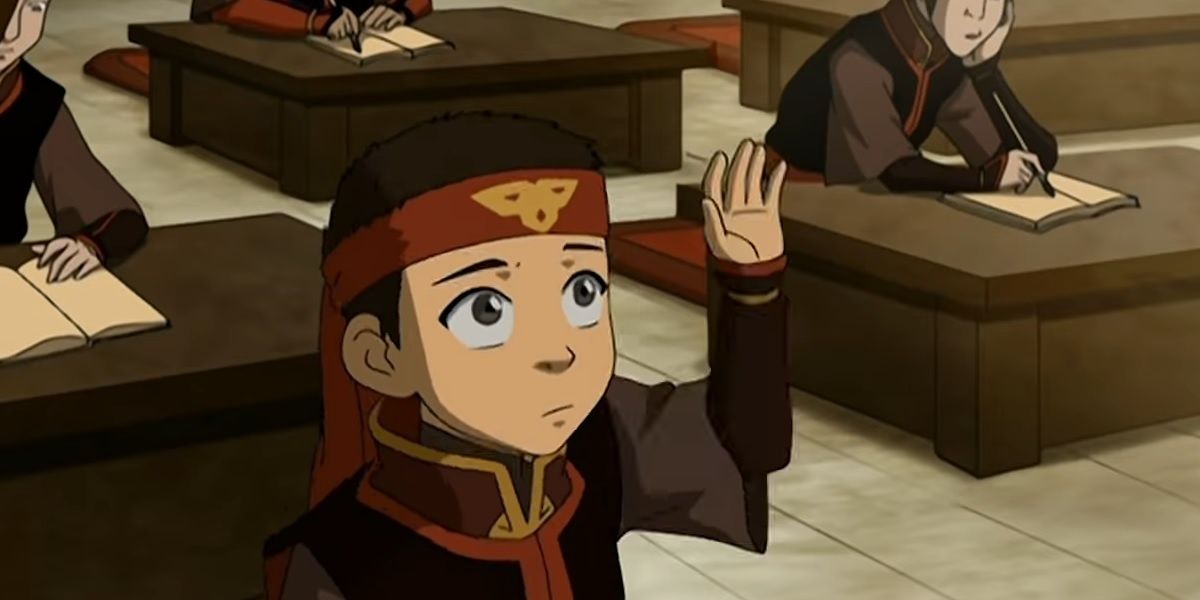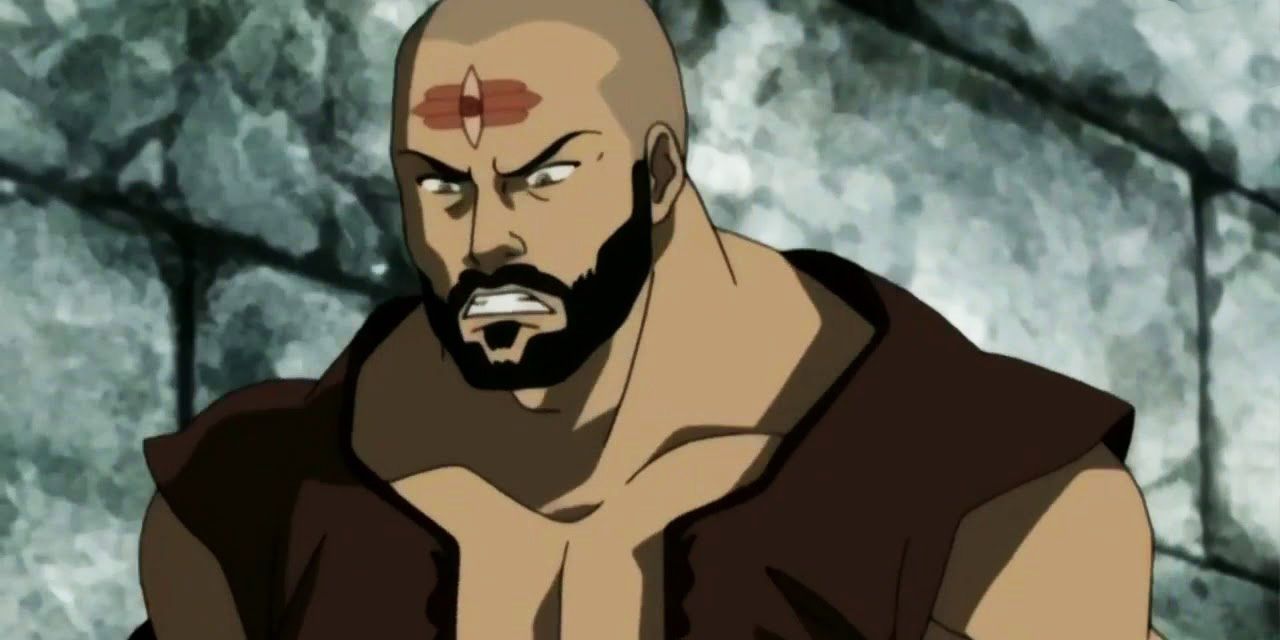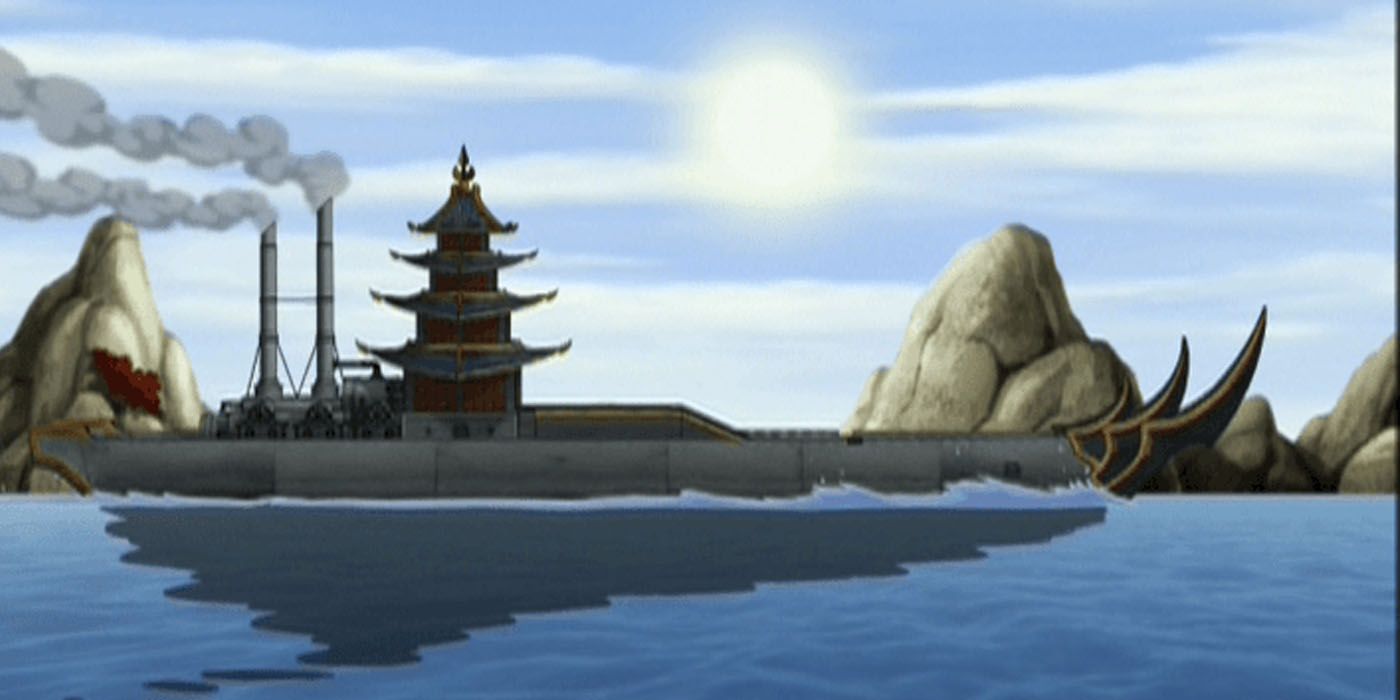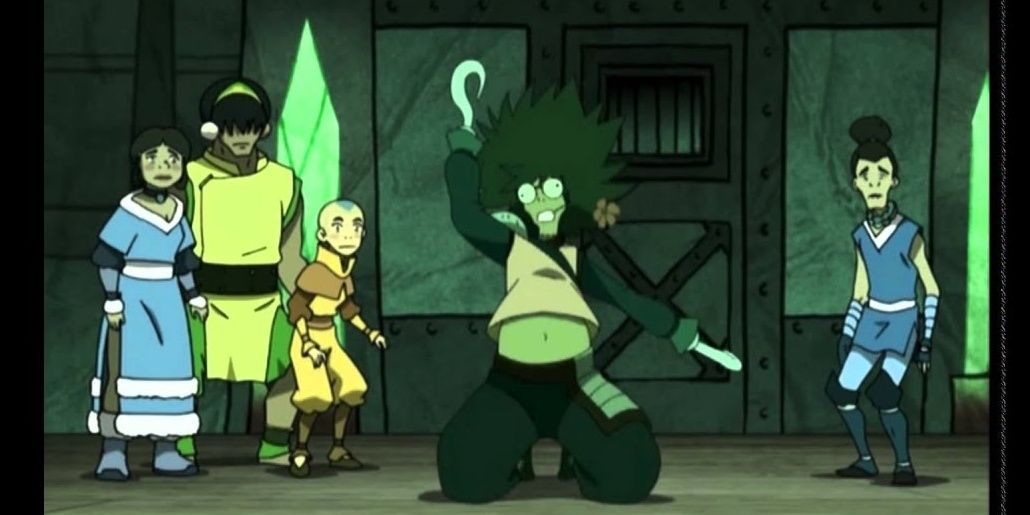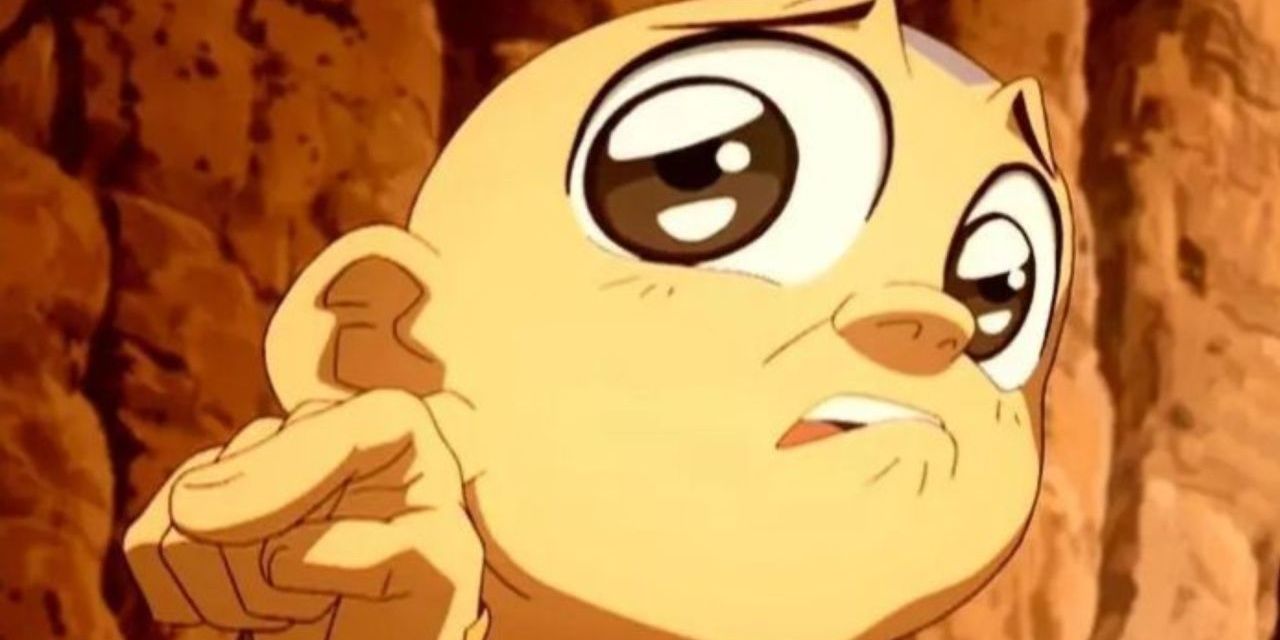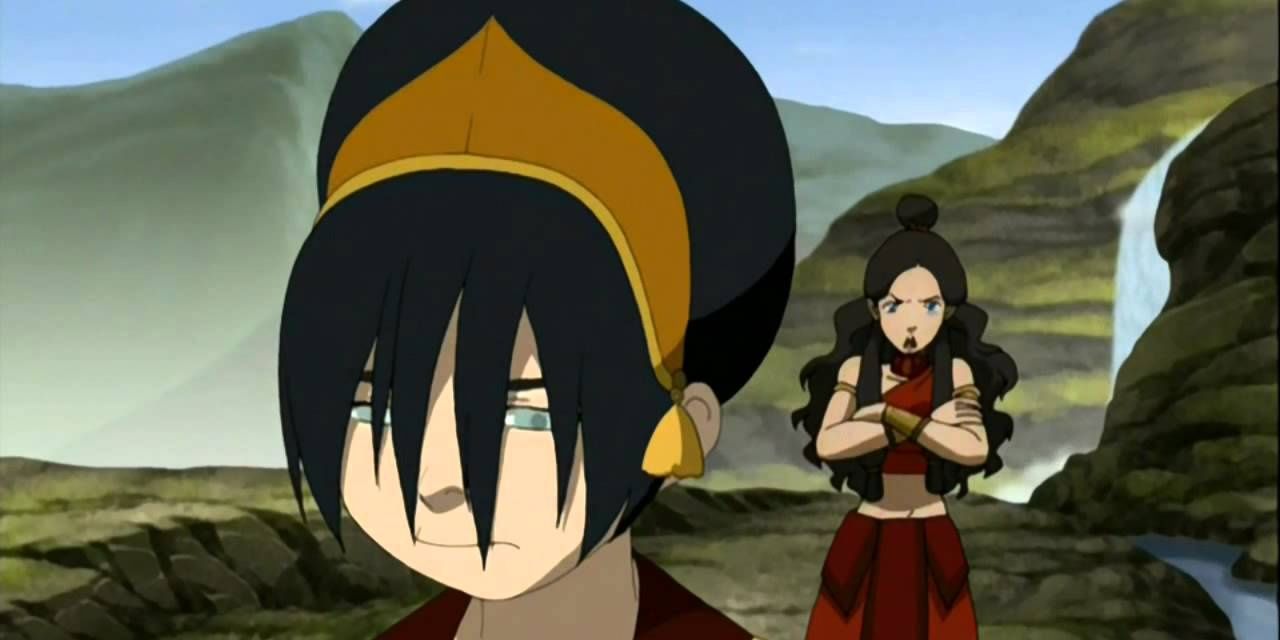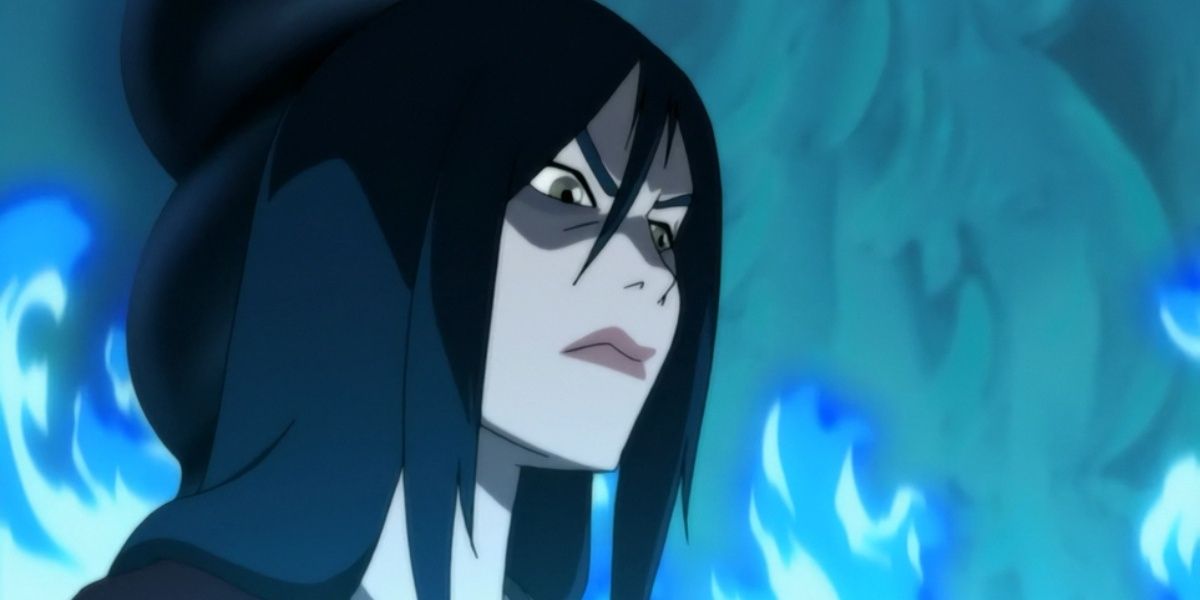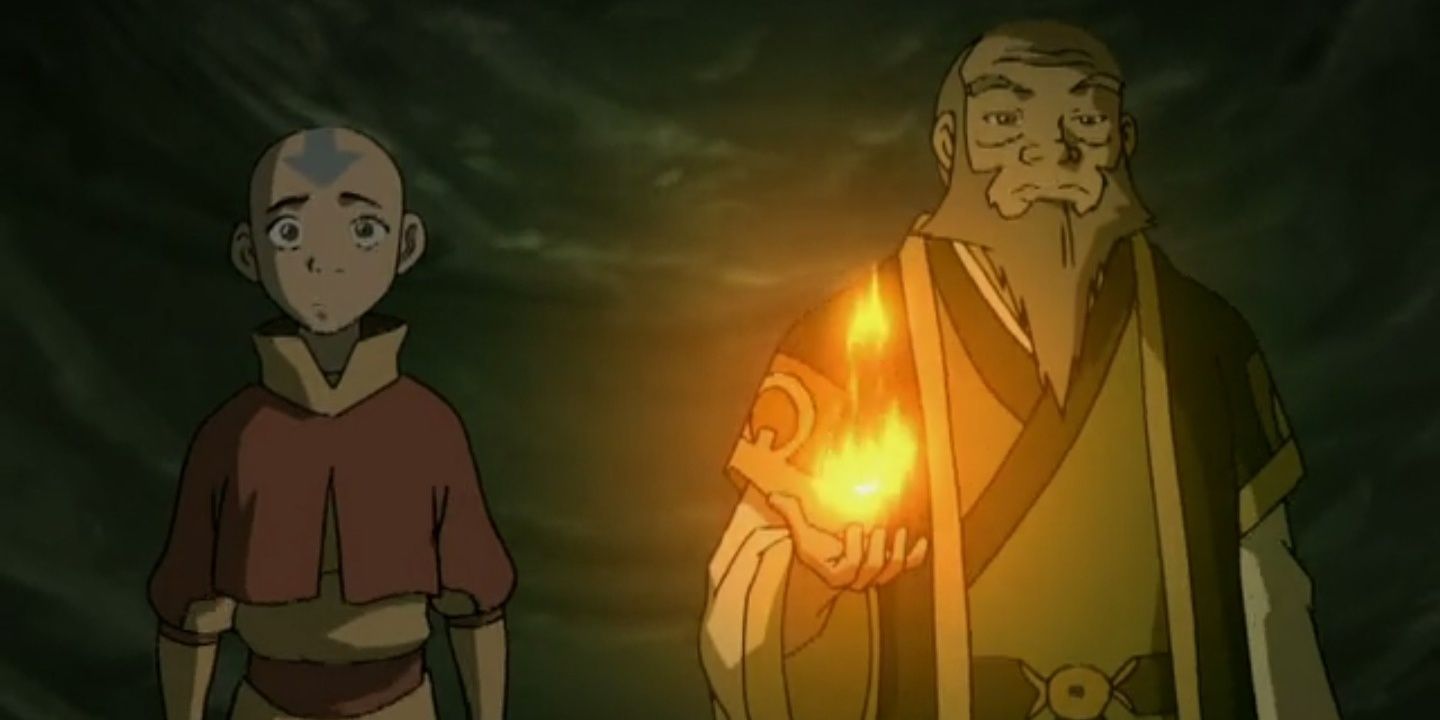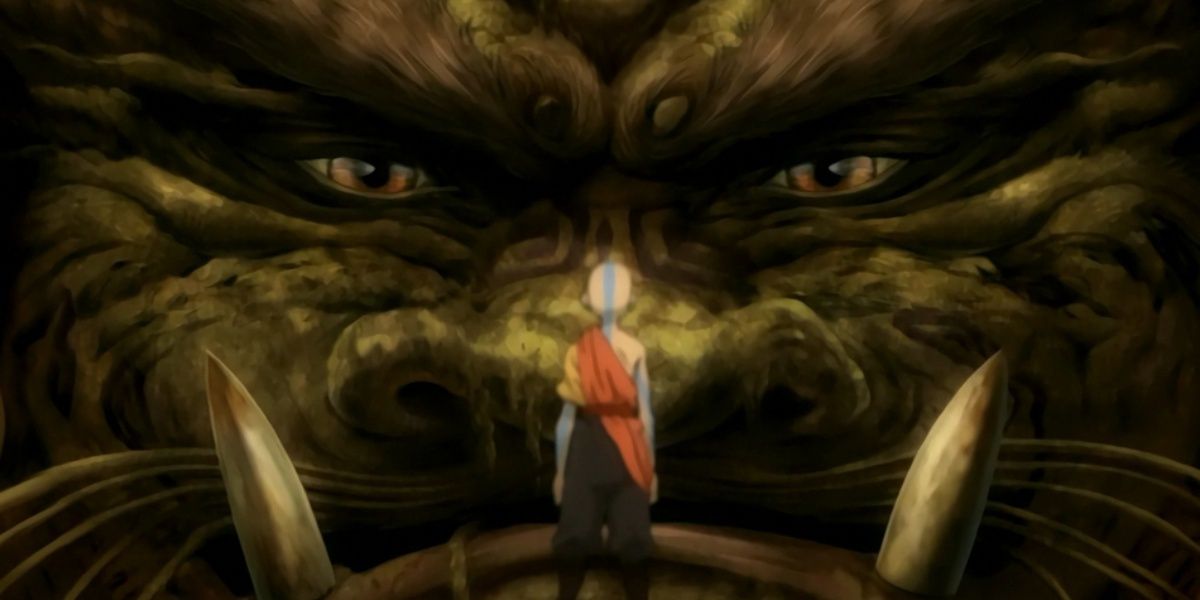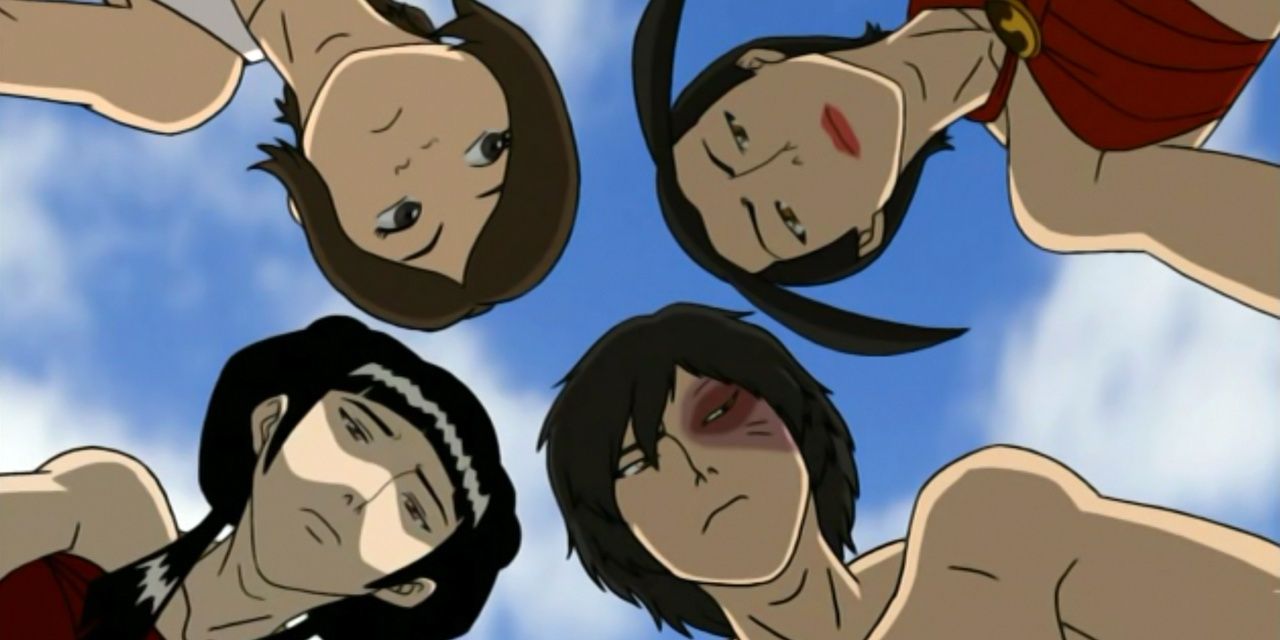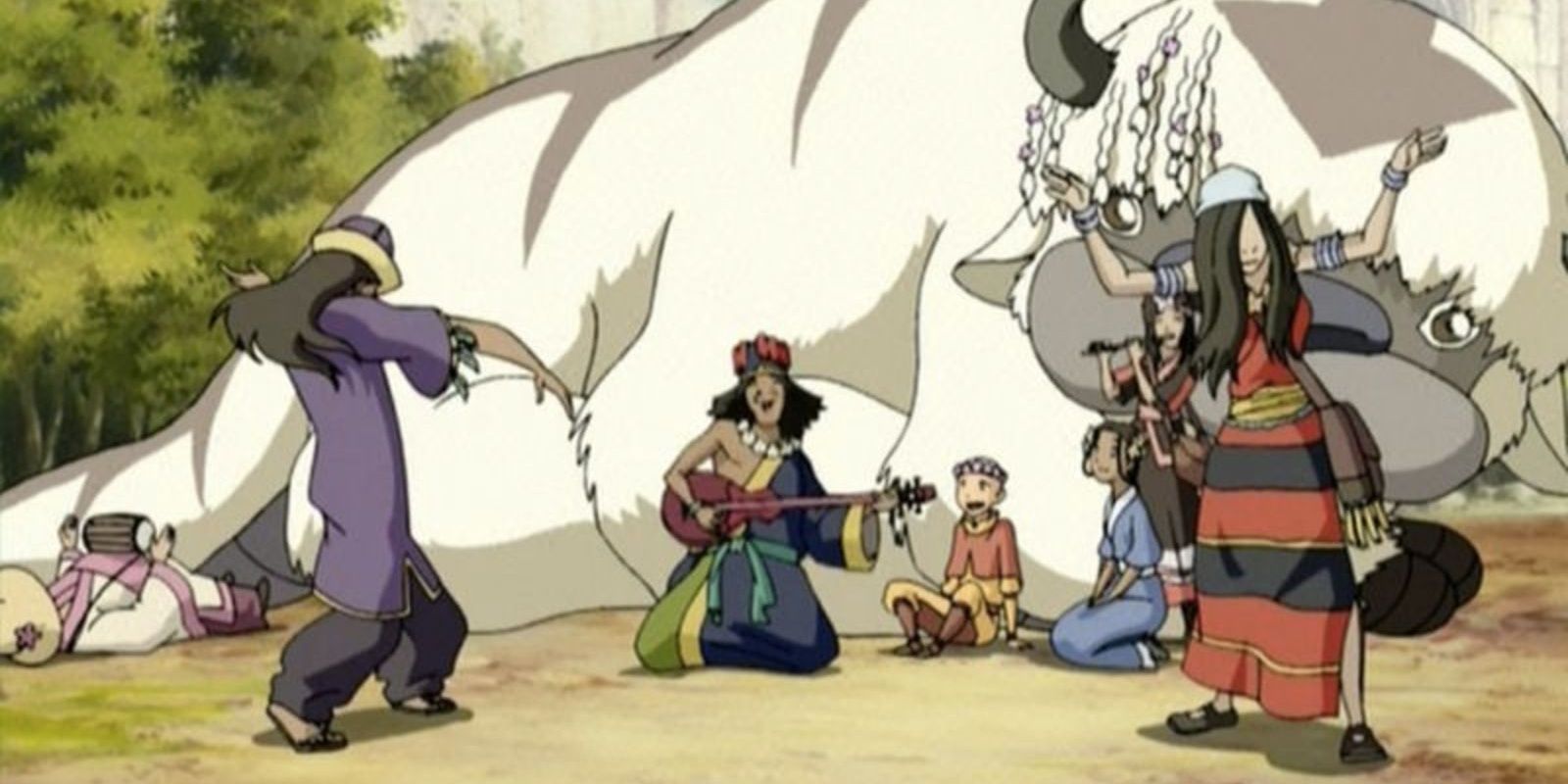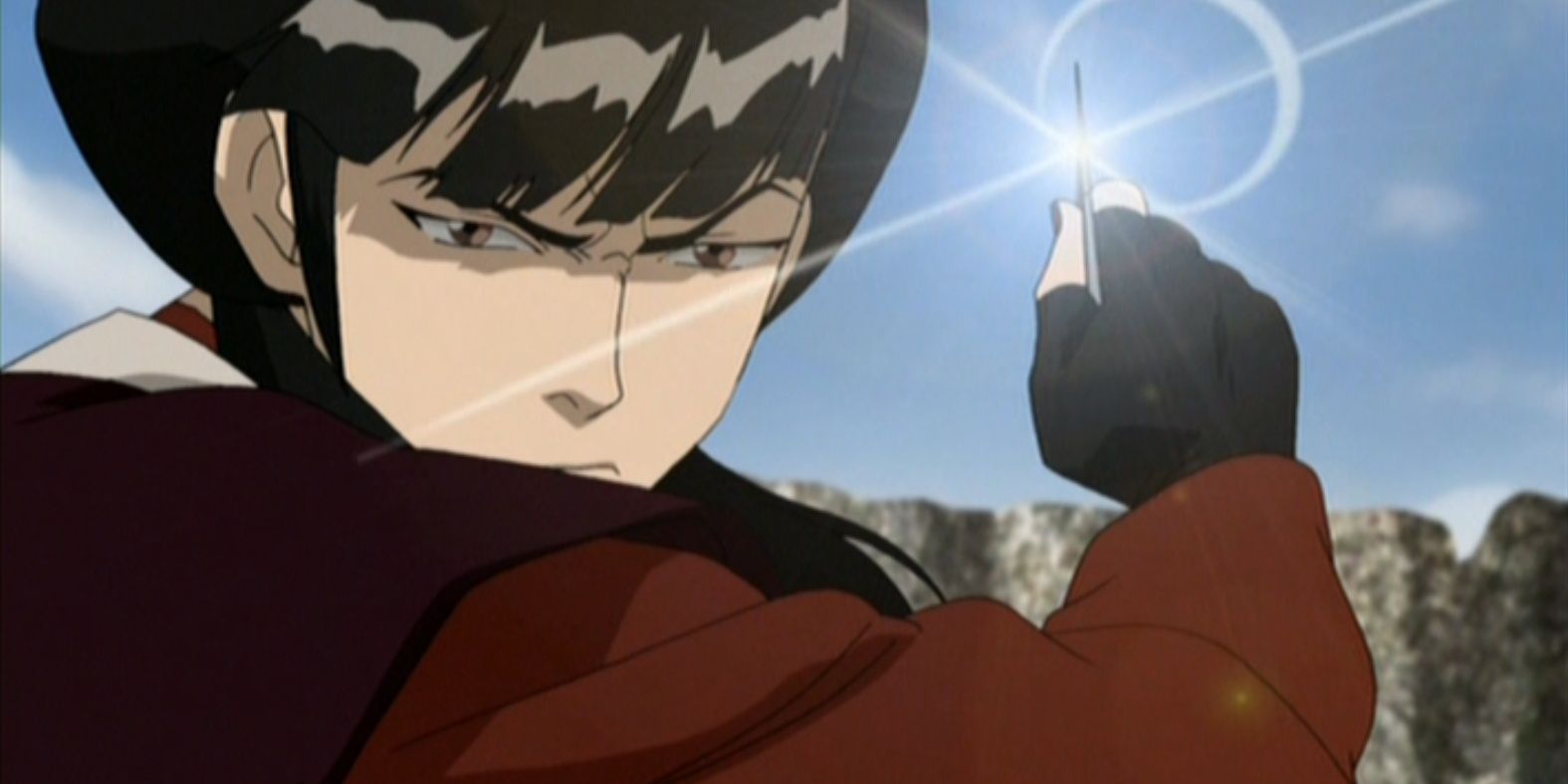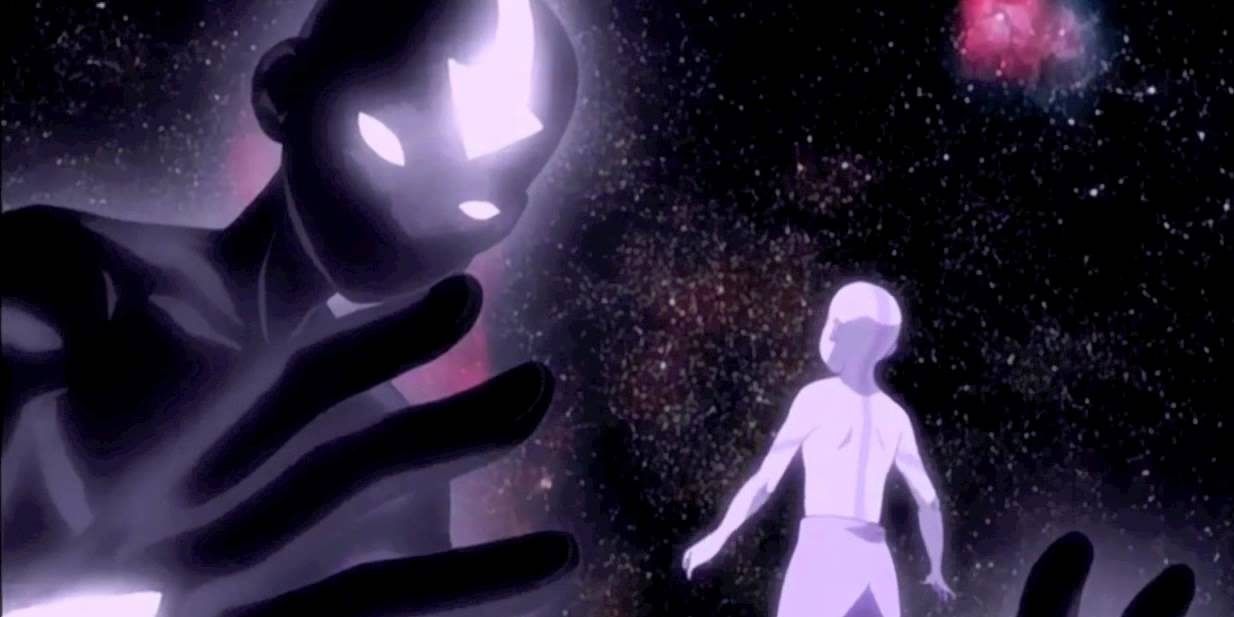Avatar: The Last Airbender is famous for popularizing the Western anime style. Created and run from Burbank, the show is a massive homage in art style and storytelling to popular anime. But can it actually be considered an anime?
The largest defining factor of Western animation vs. anime is the area of origin. But with overseas animation being popularized in the mid-80s,the open accessibility to Japanese anime titles, and Japanese anime exploring more Western styles of animation, the lines are becoming more blurred than ever.
Here are our reasons why Avatar: The Last Airbender is an anime.
Update May 22nd, 2020 by Louis Kemner: Now that the original Avatar: the Last Airbender series is on Netflix again, it's back in the pop culture zeitgeist, and many new fans can be brought on board when they stream it. This series shares some overlap with Japanese anime, which is more mainstream and popular than ever, and it's worth noting a few more reasons why Avatar: the Last Airbender is a close cousin to that style of animation. Anyone who enjoys anime is probably going to like Avatar, too.
15 Tsundere Toph
What is a tsundere? This term describes anyone who is aloof, stern, or withdrawn at first, but later opens up and becomes warmer. It is common to have tsundere characters (often girls) in slice of life and drama series.
"Tsun-tsun" describes someone who is cold and abrasive, and "dere-dere" describes a very loving person. So, a character like Toph, who went from tough to vulnerable and friendly, transitions from cold to warm.
14 A Tournament Sequence
Strictly speaking, it was The Legend of Korra that had a proper tournament storyline, but Avatar: The Last Airbender took a shot at it, too. During season 2, Aang was on the prowl for an earthbending teacher, and he happened across an earthbender fighting ring.
In there, colorful and showy earthbenders were fighting for the prized belt, and Toph, by far the smallest earthbender there, rose to the top. Aang stepped in and defeated her with airbending, but what he really wanted was just to talk to her.
13 High School
Many anime series are set in high school, since the intended viewers are likely school-aged themselves, from Toradora! to Nisekoi to Azumanga Daioh!. There is a minor tribute to this idea in season 3, when Aang ends up in a school in the Fire Nation.
Aang had stolen a school uniform, after all, and was sent to class. He learned some incorrect history, joined the school band, and even got into a (bloodless) fight with the local popular jock. All in a day's work, academic style.
12 Eccentric Villains
Creative and unusual villains are hardly unique to Japanese anime (American comics have plenty as well), but some anime villains aren't just odd; they show up out of nowhere and die almost as fast, and they are accepted as a normal part of the universe.
These characters stick out to the viewer, but not as much to the characters, and Combustion Man is Avatar's version of that. He's a telekinetic firebender who can remotely create explosions, and has a metal arm and leg like Edward Elric of Fullmetal Alchemist fame. Where did he come from? How can he bend fire like that? No answers are given. He just... is.
11 Uneven Technological Levels
This is a subtle and recurring theme in a number of anime series, and Avatar certainly made the most of it. Many anime shows have fairly ordinary settings, but some organizations or nations in those shows have inexplicably advanced tech all to themselves, usually for visual appeal or as a convenient tool to explain how a villain's plan works.
Yu-Gi-Oh! is an example of this: it's set in the 2000s or so, but somehow, people can create these holograms for their card game and use all kinds of advanced tech courtesy of Maximilian Pegasus. In Avatar, the Water Tribe practically uses sticks and stones, while the Fire Nation has tech more akin to World War I.
10 The Recap Episode
Granted, this is a pretty standard television technique, but every anime has a clip episode at some point in time to save on the budget. It’s always completely pointless and meant to fill out the season lineup, but they’re usually done in somewhat amusing ways. Like in a sports anime, the team may be interviewed and the characters involved might interject with witty banter.
Avatar does this in the funniest way possible: by having a third party recap the gang’s events while parodying what the crew thought were flaws in the show. Yes, early Katara was very preachy about hope and we’re all allowed to laugh at that while having Katara herself reflect on it. And Toph was originally supposed to be a really buff guy. So we got some fun facts along the way too. Admittedly, that doesn’t really happen in anime recaps, especially since so many are based off of pre-existing manga.
9 The Overall Style
Obviously, the art style lends itself to anime tropes. Avatar had the most realistic human designs for Nickelodeon by far. That’s not to discount other styles of 2D animation, but Western animation tends to have simplified designs that make complex animations easier to achieve with a standard budget.
The large eyes and exaggerated facial expressions, a staple of anime, made it into the show. And true to anime, they served to add comedy to an already hilarious scene.
8 The Lip Flaps
Lip flaps are basically what you call mouth animation when characters talk. And it’s the bane of every localized dub’s existence, especially when going from languages like Japanese to English. The romantic languages (such as French and Spanish) are much easier to dub because many words share the same roots, and the vowel shapes and grammar are similar.
While Avatar didn’t have this problem airing in any English-speaking nation, their lip flaps more closely resemble those of anime, animated in a fast, more up-and-down pattern that’s typical of anime. You notice it more when the show goes through a longer talking scene.
7 The Camera Movements
To help save on budget due to more complex character designs (and save all that money for the epic fight scenes), many anime series will have long scenes of talking with a camera panning over a still frame. Avatar does this frequently and for good reason beyond budgetary constraints. Avatar has a lot of backstory it drops on you quickly and efficiently. By having the moving camera, it tricks us into thinking there’s action happening, so it helps us keep our attention on the show.
6 The Character Tropes
Again, this can be applied to any storytelling medium, but Avatar hits home on the common anime character tropes. For example, Zuko is the ultimate edgelord and borderline tsundere. Aang is the optimistic, naive hero we’re all rooting for. Sokka falls into a sidekick role with a few insecurities about his worth on the team due to being a non-bender.
The ones that break the more traditional anime roles are Katara and Toph. That’s not to say many popular anime titles don’t have the “tough girl” trope (think of Olivier Armstrong from Fullmetal Alchemist), but they typically don’t have them in a central role.
5 The Creatures
Cute, fluffy, and sometimes terrifying, most anime contain some cuddly mascot for their heroes. In Avatar, you get two.
Both Appa and Momo have enough character (and sentience) that episodes revolving around them are engaging and sometimes a breath of fresh air. Really, Appa finding his way back to Aang and breaking our hearts along the way...did anyone see that coming?
4 The Beach Episode
It’s a long-running joke among anime fans...but Avatar delivered. Though the GAang didn’t get the trope-worthy beach time they deserve, Zuko and his Fire Nation Friends did.
While this one definitely runs in the vein of filler episodes, it’s emotionally impactful and provides important foreshadowing to Zuko’s decision later in the season. We also get more insight into all the other characters involved, making them people rather than the villains.
But also, they played volleyball. What is this, Haikyu?
3 The Music
You’d be lying if you religiously watched Avatar every week and couldn’t hum at least one of the tracks. Composed by Jeremy Zuckerman and Benjamin Wynn, the soundtrack is reminiscent of the sounds of traditional East Asian music and only enhances the experience of the show. While all composers craft their art with care, Avatar felt like it had a special effort put into it that is usually only seen in film.
Anime soundtracks tend to have the same love and care poured into them, with a flair for the dramatic. Though most television (anime or otherwise) scores are composed through digital means, occasionally there’s a show so special that it requires recording a live orchestra. The music team was able to do so for the finale, which is unheard of for children’s animation. While the same can be said for anime, instrumentals lean heavy on the sounds of a live orchestra, more than Western animation usually does.
2 The Fight Scenes
Oh gosh, the fight scenes. Accurate to their respective martial arts styles, bending fights pull no stops. The camera angles are especially reminiscent of anime fights, with close-ups on fists and the accompanying screaming. You know, when someone deals particularly vicious blow and goes “AAAAAAAH!”
However, fights don’t take a ridiculous amount of time and the big one that took up more than one episode was between Aang and Firelord Ozai, so the extra time was warranted. And even when we add it all up, it only took a day.
1 Avatar State YIP YIP!
This. The Avatar State. This is the most anime thing ever. Also, you can totally see the inspiration the team got from Fullmetal Alchemist in the 2003 version. The Avatar State is used as a bending trump card of sorts, allowing the Avatar to tap into the knowledge of past Avatars and channel that energy into powerful attacks. It does drain the Avatar’s energy and despite the power associated with the Avatar State, leaves the Avatar pretty vulnerable.
But the glowing eyes and resulting move set? Totally anime. Leading up to that point, really no other animated show implemented this element. Even in superhero shows, there’s nothing that compares to what the Avatar State can do.

